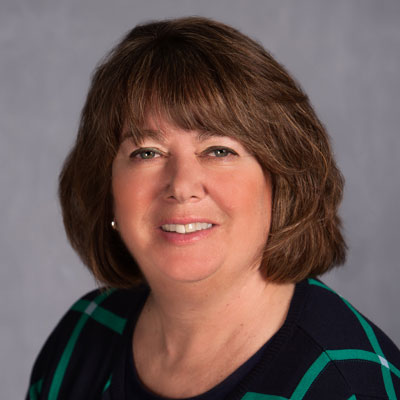

Senior living (independent living and assisted living combined) occupancy in the second quarter increased for the fourth quarter in a row, and assisted living is best poised for recovery within the sector, according to a report released Thursday by the National Investment Center for Seniors Housing & Care, based on data from NIC MAP Vision.
Needs-based assisted living is recovering more quickly than independent living, NIC Chief Economist Beth Burnhan Mace told the McKnight’s Business Daily. “The higher [needs] product is recovering more,” she said.
Anecdotally, Mace said anecdotally, independent living appears to be getting a boost from folks who are tired of being isolated during the pandemic and looking for a more social setting.
Data showed:
- Assisted living occupancy increased 1.1 percentage point from the first quarter to 78.8%, up from its pandemic low of 74.1% in the second quarter of 2021 but still below its pre-pandemic level of 84.7%.
- Independent living occupancy increased 0.7 percentage point to 83.9% and was up 2.2 percentage points from its pandemic low of 81.7% in the first quarter of 2021 and still below its pre-pandemic level of 89.6%.
- Nursing care occupancy increased 0.9 percentage point to 78.5%, up from its pandemic low of 74.0% in the first quarter of 2021 but still below its pre-pandemic level of 86.6%.
Among NIC MAPs 31 primary markets, Boston (86.3%), Minneapolis (85.1%) and Portland, OR, (85%) had the highest senior living occupancy rates in the second quarter. Houston (76.1%), Atlanta (77.8%) and Cleveland (78.2%) had the lowest rates.
Economic challenges are hampering inventory growth as demand continues to outweigh supply, which is driving occupancy upward, according to Mace. Outside of a post-pandemic recovery period, demand in the second quarter was at its highest level since NIC MAP Vision began reporting the data in 2005.
“We had a very strong demand period for the second half of 2021. It stalled a bit in the first quarter of 2022 due to omicron, and then it came back pretty strong in the second quarter of 2022, but the numbers weren’t as strong as they were in 2021, Mace said. “Outside of that recovery period, then, that second quarter was really strong.”
Annual rental rates rose across NIC MAP’s primary markets by 4.6% for assisted living in the second quarter, and annual growth in rental rates for independent living was 3%, which Mace said reflects the effect of increased costs and other economic challenges.
Inflation, the economist predicted, is going to be with us for a while.
“As a result of that, the Fed will work really hard to change people’s expectations, and the way that they do that is by slowing the economy and slowing demand. And the way they do that is by raising interest rates,” Mace said. “It does appear that they are going to continue to raise interest rates for the foreseeable future.”
Higher interest rates, she said, have an effect on construction activity as well as mergers and acquisitions. She said she expects to see a slowdown on those activities, too.
Mace said she is most concerned about the recession and its effect on senior living and care.
“If the U.S. has two consecutive quarters of negative GDP growth, that would indicate that we are in a recession. The second quarter data that goes into the GDP estimate appears to be suggest this, but we won’t know for sure until later this month when the official data gets released from the government. Its too soon to speculate on how long a recession would last,” Mace said.


